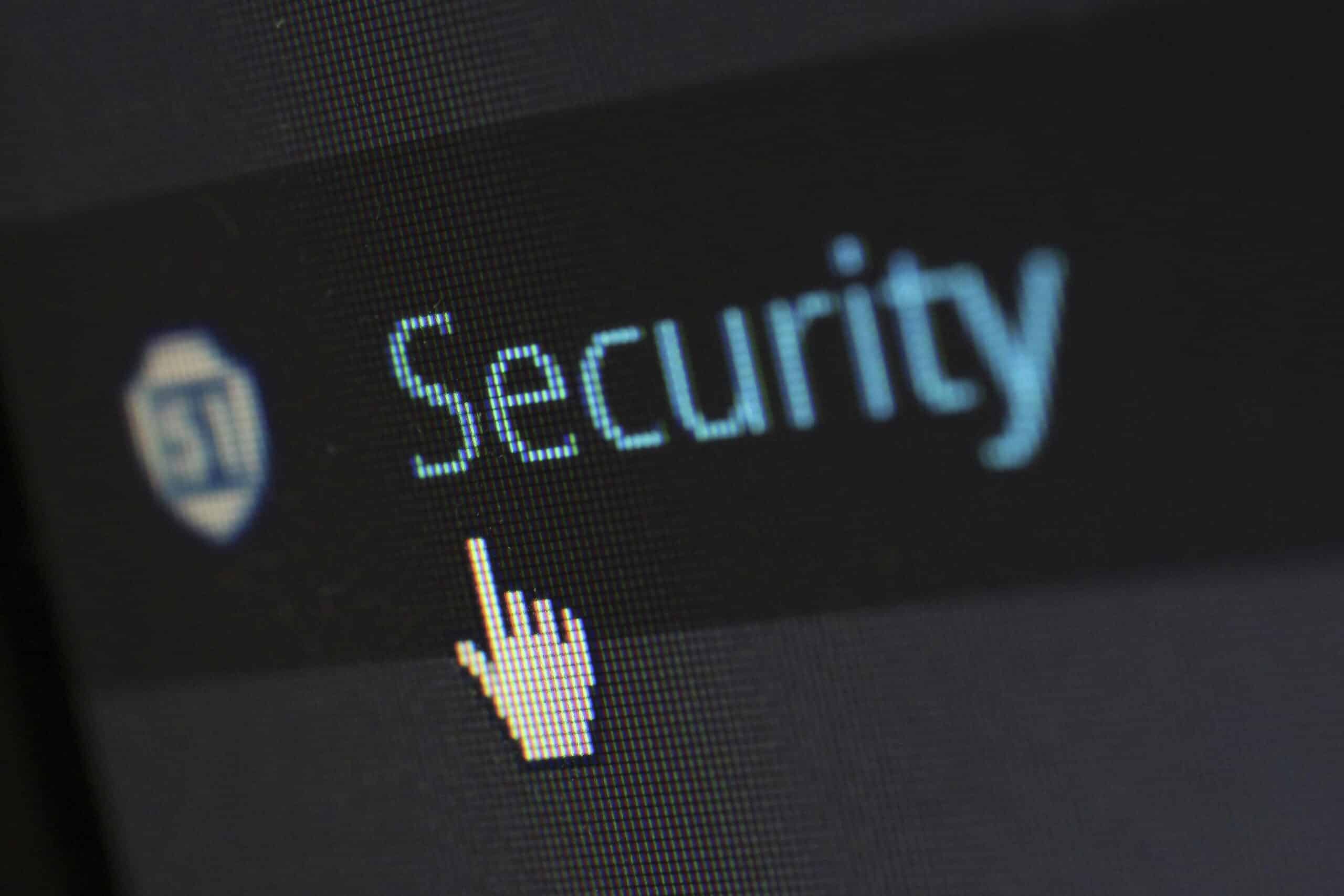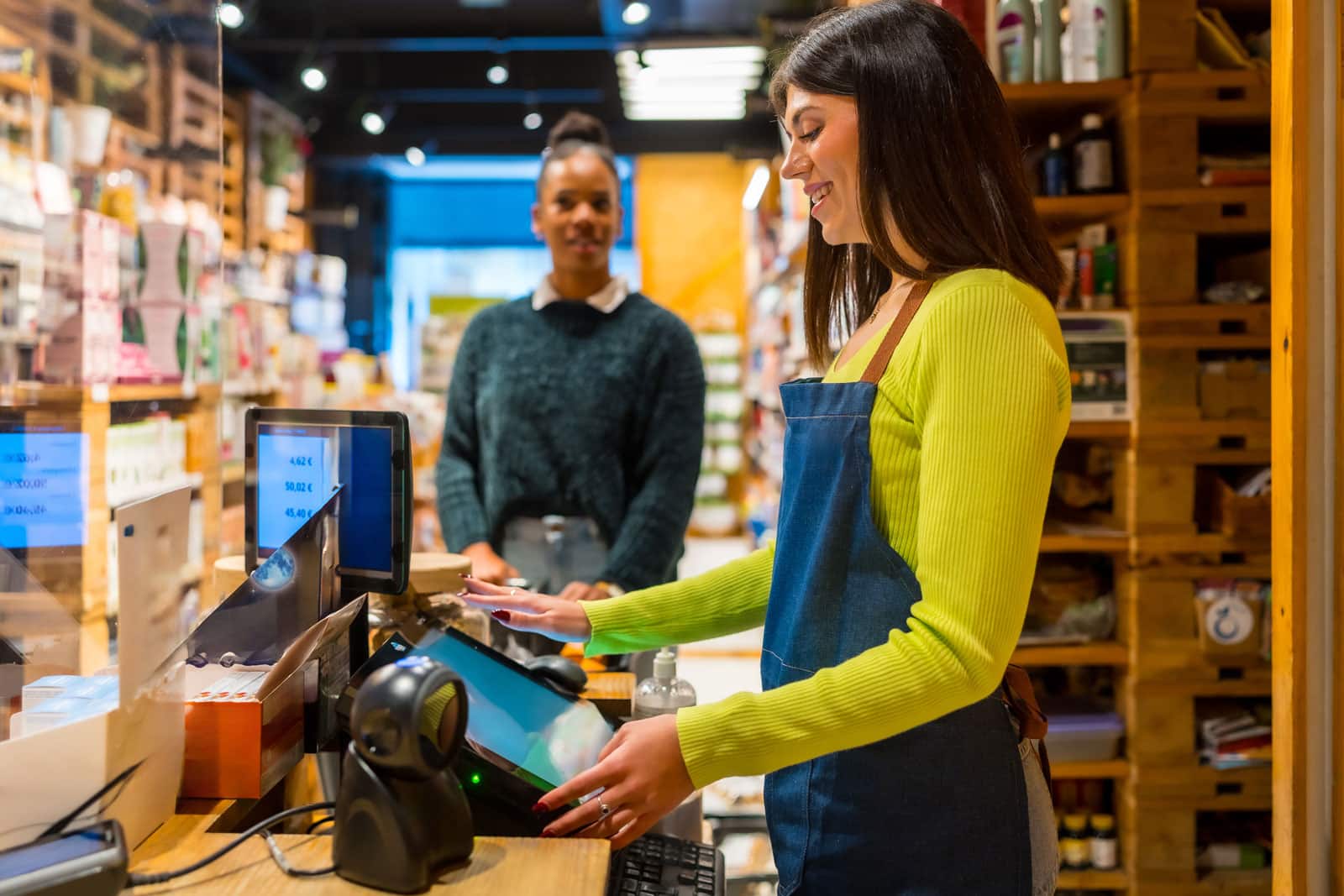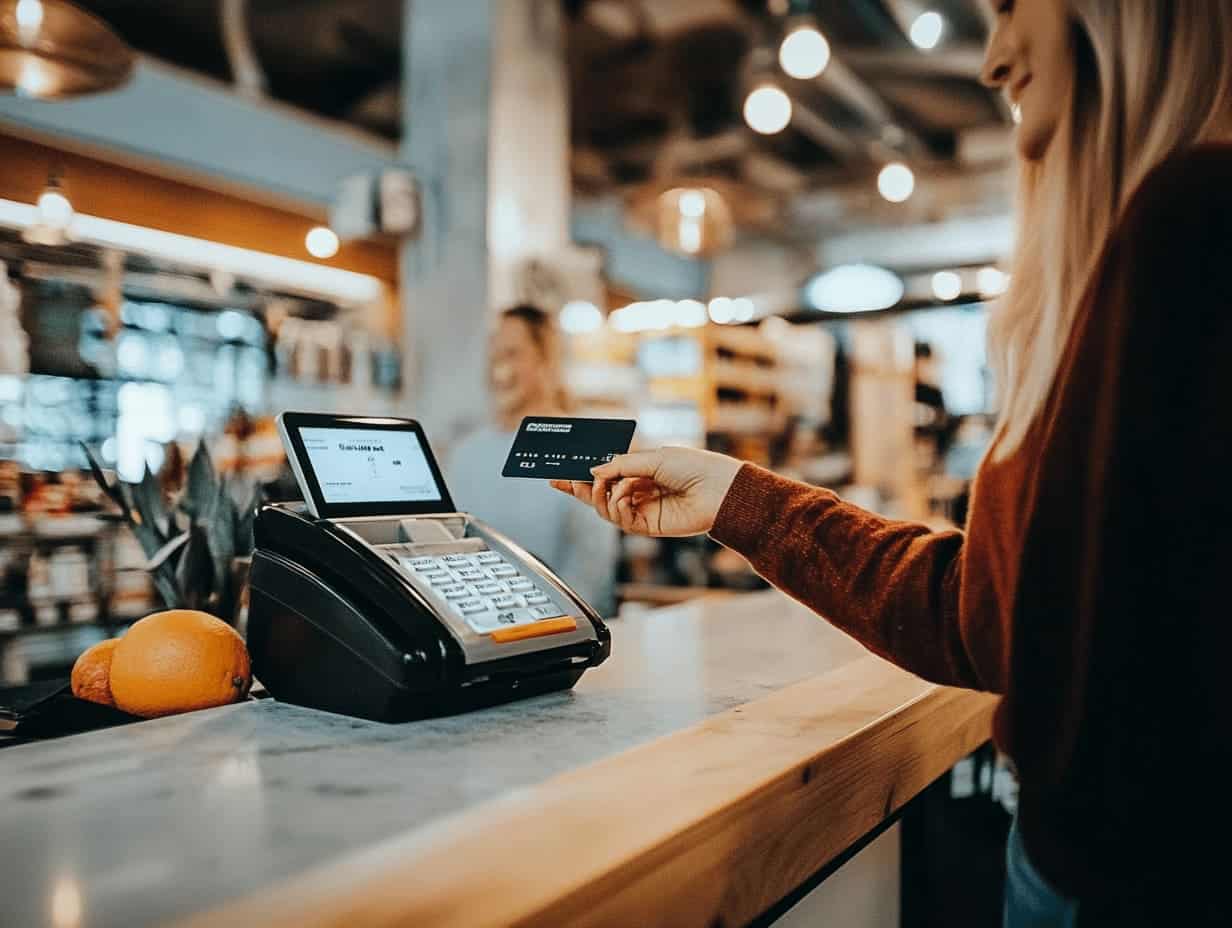As security threats and fraud evolve, so too must the tools used to protect consumers and merchants. One of the most promising developments in recent years is the use of biometric authentication in payment systems. This technology uses biological characteristics—such as fingerprints, facial recognition, iris scans, or even voice patterns—to verify identity during transactions. As major players like Apple, Samsung, and Mastercard continue integrating biometrics into consumer-facing platforms, small businesses and enterprise-level payment processors are beginning to follow suit[1].
But while biometric authentication may offer enhanced security and convenience, it also introduces concerns about privacy, implementation costs, and technological vulnerabilities. This blog explores both the advantages and disadvantages of integrating biometric authentication into payment systems, with a focus on what merchants should know before adopting these tools.
A New Era for Payment Systems
Biometric authentication is transforming how customers interact with payment systems—both online and in person. Unlike traditional methods such as PINs or passwords, biometrics rely on unique physical traits that are difficult to duplicate or steal[2]. These methods are being increasingly implemented at point-of-sale (POS) terminals, mobile wallets, and online payment gateways to improve security and user experience.
Retailers, fintech startups, and merchant services providers are finding that biometric tools not only reduce friction at checkout but also offer deeper layers of identity verification. For example, biometric-enabled mobile wallets allow a customer to pay with a glance or fingerprint tap, eliminating the need to remember login details or reach for a physical card. Yet, these tools also raise critical questions about how biometric data is stored, who has access to it, and what happens if the system fails[3].
1. Enhanced Security
Biometric authentication makes it significantly harder for bad actors to commit fraud. Since traits like fingerprints or facial features are unique to each individual, impersonation becomes far more difficult than with passwords or card numbers.
2. Faster Checkout Experience
Customers using biometric methods like Apple Pay or fingerprint-based authentication often complete transactions in seconds. This streamlines the payment process, reduces queues, and enhances satisfaction—particularly for high-volume retailers and event-based merchants.
3. Reduced Dependency on Passwords or Cards
With biometrics, users no longer need to remember multiple passwords or carry physical cards. This convenience is especially valuable in mobile-first environments or subscription-based services, where seamless recurring authentication is crucial.
4. Improved Customer Trust
Consumers increasingly expect their information to be secure. By offering biometric authentication, merchants can position themselves as forward-thinking and privacy-conscious, improving brand trust and loyalty over time[4].
The Cons of Biometric Authentication in Payment Systems
1. Privacy and Data Concerns
Biometric data is permanent and cannot be changed if compromised. A stolen password can be updated—your fingerprint cannot. Businesses must take extreme care in how biometric information is stored and encrypted to avoid breaches.
2. Expensive Implementation
Upgrading to biometric-enabled payment systems can require significant hardware and software investments. Small businesses may find it cost-prohibitive to roll out fingerprint scanners or integrate biometric SDKs into their payment platforms.
3. False Positives and Negatives
No biometric system is perfect. Facial recognition may struggle in poor lighting or with facial coverings. Fingerprint sensors can fail due to moisture or dirt. These issues can lead to customer frustration or transaction delays.
4. Regulatory Compliance Challenges
Different countries and states have varying laws about collecting, storing, and using biometric data. Merchants must ensure compliance with local and international regulations, including GDPR and state-level biometric information privacy acts (BIPA).
Biometric Payments in Action: Use Cases and Adoption Trends
Biometric authentication is being rapidly adopted across sectors. In retail, fingerprint scanners and facial recognition tools are increasingly used for loyalty program access and fast checkouts. In banking, customers can use voice recognition to verify identities during phone-based transactions. Subscription services and eCommerce platforms are beginning to integrate biometric re-authentication for recurring billing and account changes[5].
For payment processors, the challenge lies in integrating these tools securely while preserving ease of use. Third-party platforms like Stripe, Square, and Adyen have already begun offering biometric-ready SDKs, allowing merchants to build more secure front ends. As adoption grows, biometric authentication will become less of a novelty and more of a standard feature across modern payment systems.
Should Your Business Adopt Biometric Payment Systems?
Deciding whether to implement biometric authentication depends on your industry, risk level, and customer expectations. Businesses in regulated or high-risk sectors—such as healthcare, crypto, or online lending—may benefit more from biometric authentication due to increased fraud risk. Similarly, high-traffic retail environments or subscription-based platforms can see major gains in speed and user convenience.
However, small businesses should carefully assess the cost-benefit ratio. Start with consumer devices that already support biometric features (e.g., smartphones with Face ID) before investing in biometric hardware. Always work with a merchant services provider that understands your compliance needs and has secure tools in place to handle sensitive data.

Final Thoughts
Biometric authentication is no longer futuristic—it’s here and actively reshaping the future of payment systems. While the technology offers unmatched convenience and robust security, it must be implemented thoughtfully. From privacy regulations to system compatibility and customer trust, merchants must weigh the pros and cons before diving in.
If you’re exploring next-gen payment solutions or looking to integrate advanced security features into your checkout experience, Payment Nerds can guide you through the landscape. Whether you’re in a high-risk industry or just starting to scale your online payments, our team can help you find the right tools to process payments securely, efficiently, and with full compliance.
Sources
- Visa. “Authentication Trends in Payments.” Accessed June 2025.
- Federal Trade Commission. “Biometric Data Privacy and Compliance.” Accessed June 2025.
- Forbes. “How Biometrics Are Reshaping Fintech Security.” Accessed June 2025.
- Harvard Business Review. “Balancing User Experience and Data Protection.” Accessed June 2025.
- PCI Security Standards Council. “Data Protection in Biometric Transactions.” Accessed June 2025.











